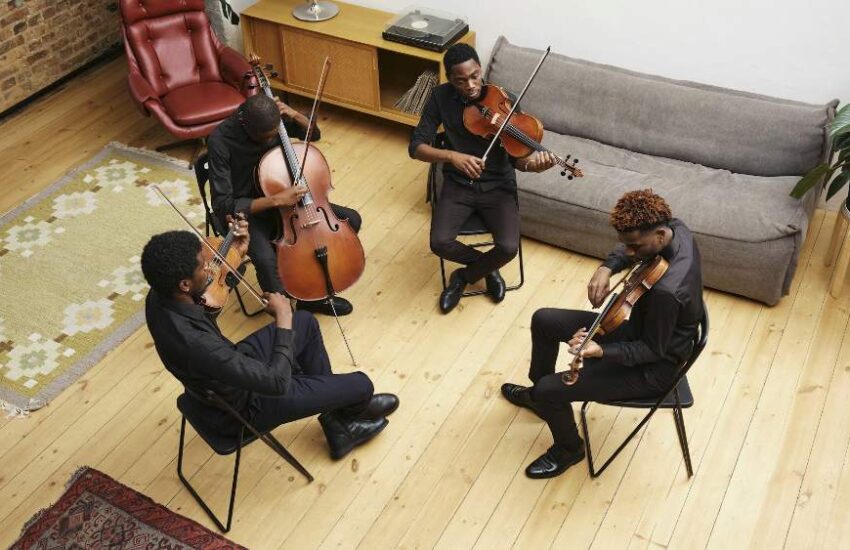Creating a Safe Haven for Your Children
As a parent, ensuring the safety and well-being of your young children is a top priority, especially within the confines of your home. Designing a child-friendly space not only minimizes potential hazards but also encourages your child’s growth, creativity, and independence. Here are some essential tips and ideas for creating a safe and nurturing environment for your little ones at home.

1. Childproofing Basics
Before you begin creating a child-friendly space, it’s crucial to childproof your home:
- Install outlet covers to prevent electrical accidents.
- Use childproof locks on cabinets containing cleaning supplies, medications, and potentially harmful items.
- Install safety gates at the top and bottom of stairs to prevent falls.
- Secure heavy furniture to the wall to prevent tip-overs.
2. Age-Appropriate Design
Consider your child’s age and developmental stage when designing the space:
- Baby-Proofing
For infants, focus on cushioning sharp corners and keeping small objects out of reach.
- Toddler-Friendly
Toddlers need space to explore, so provide safe, open areas for them to play. Make sure to attach any furniture to walls as they learn to explore spaces.
- Preschool and Beyond
As your child grows, adapt the space to accommodate their changing needs and interests.
3. Flooring and Rugs
Choose flooring and rugs that prioritize safety and comfort. You could opt for carpeting, soft play mats, or rugs with non-slip backings in play areas to cushion falls. Ensure whatever flooring materials you pick are non-toxic and free from harmful chemicals.
4. Storage Solutions
Effective storage is key to maintaining a clutter-free and safe environment. So children can access toys and books independently, use low shelves and storage units, and store toys and small items in labeled baskets and bins for easy organization.
5. Child-Sized Furniture
Invest in furniture designed for children’s comfort and safety. Provide child-sized chairs and tables for creative activities and play and esnure all furniture is made from sturdy, non-toxic materials.
6. Safety-Proofing Windows
Windows can pose safety risks, so choose cordless window coverings to prevent strangulation hazards, and install window locks to limit how far windows can be opened.
7. Creative Play Zones
Designate specific areas for creative play. You could set up an art corner with washable supplies and an easel for painting or a cozy reading nook with child-sized chairs and a variety of age-appropriate books. You could do both!
8. Outdoor Play Area
If you have outdoor space, create a secure play area using secure fences to prevent wandering. Install age-appropriate play equipment, like swings, slides, and a sandbox and upgrade over time.
9. Supervision and Communication
Even in a child-friendly space, supervision is essential. Arrange furniture and play areas so you can see your child at all times. Then, teach your child about safety rules and boundaries and how important open communication is.
10. Flexibility and Adaptability
Children’s needs and interests evolve rapidly, so be prepared to adapt the space. You can periodically rotate toys to keep playtime fresh and engaging. As your child’s interests change, update decor and design elements accordingly.
Conclusion
Creating a safe and child-friendly space in your home is a wonderful way to foster your child’s growth and development while providing a secure environment. By incorporating childproofing measures, age-appropriate design elements, and open communication, you can ensure that your child’s home is a place of comfort, creativity, and safety. Remember that a child-friendly space is not only a sanctuary for your little ones but also a space where cherished memories are made and cherished.


